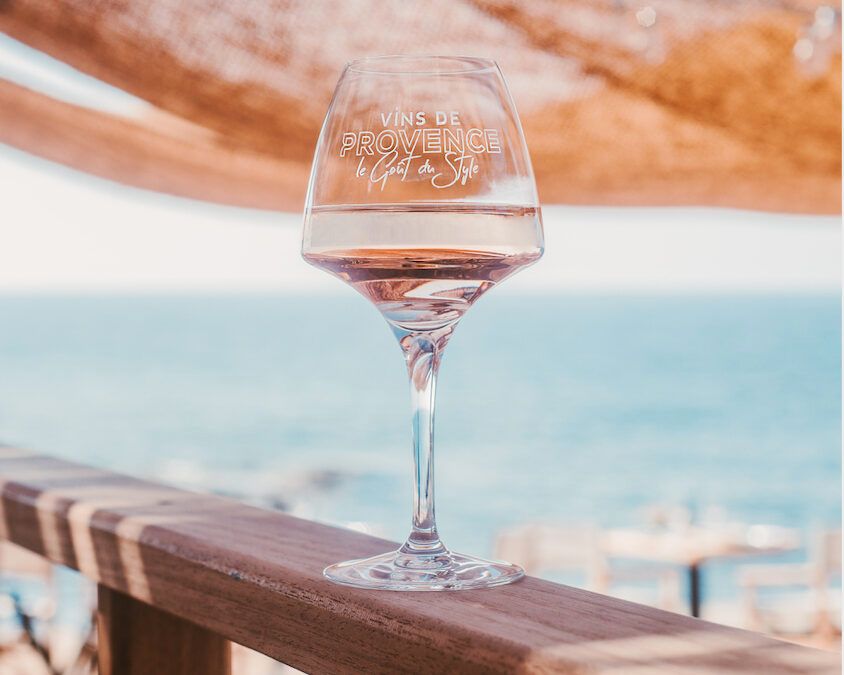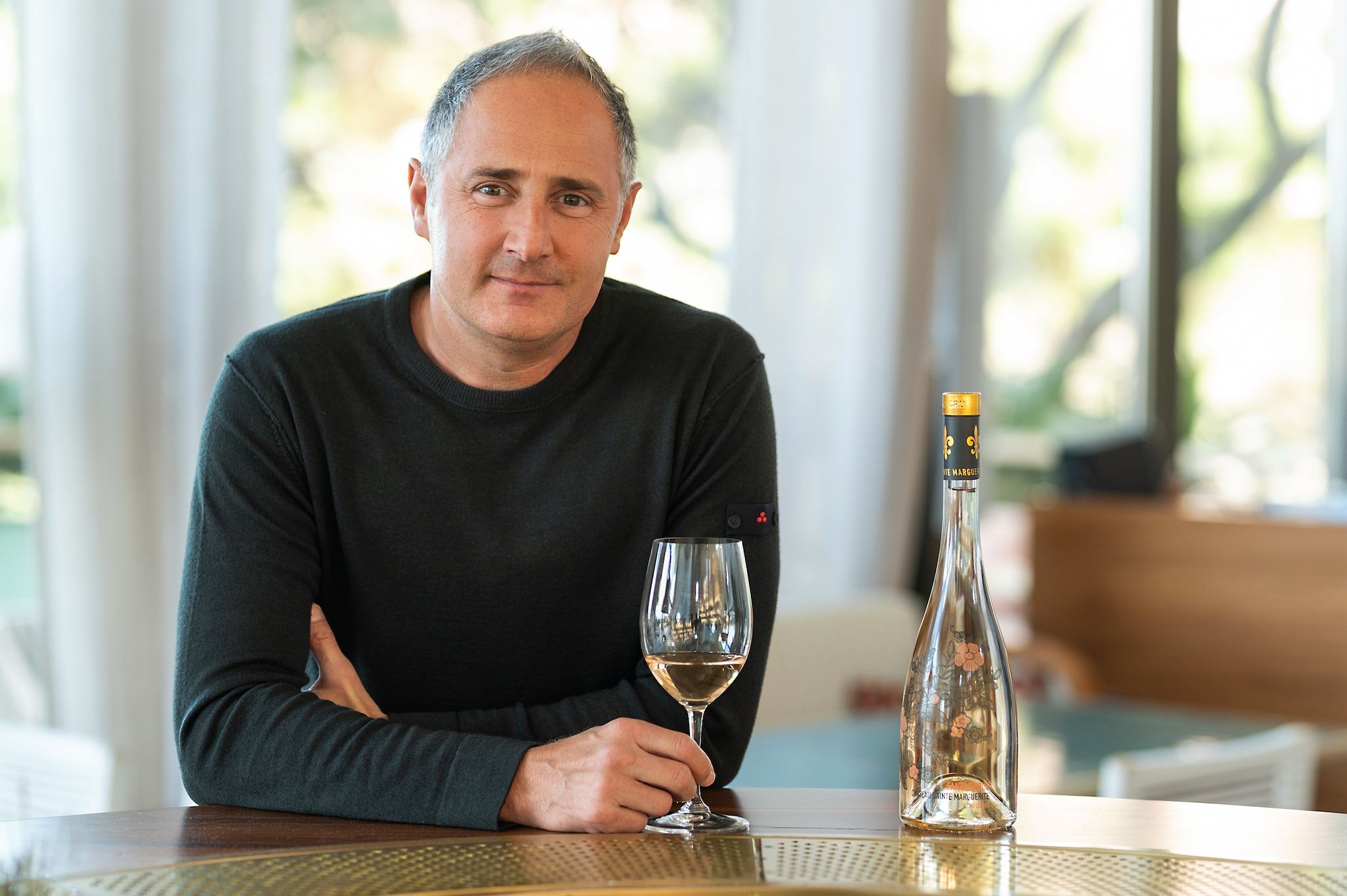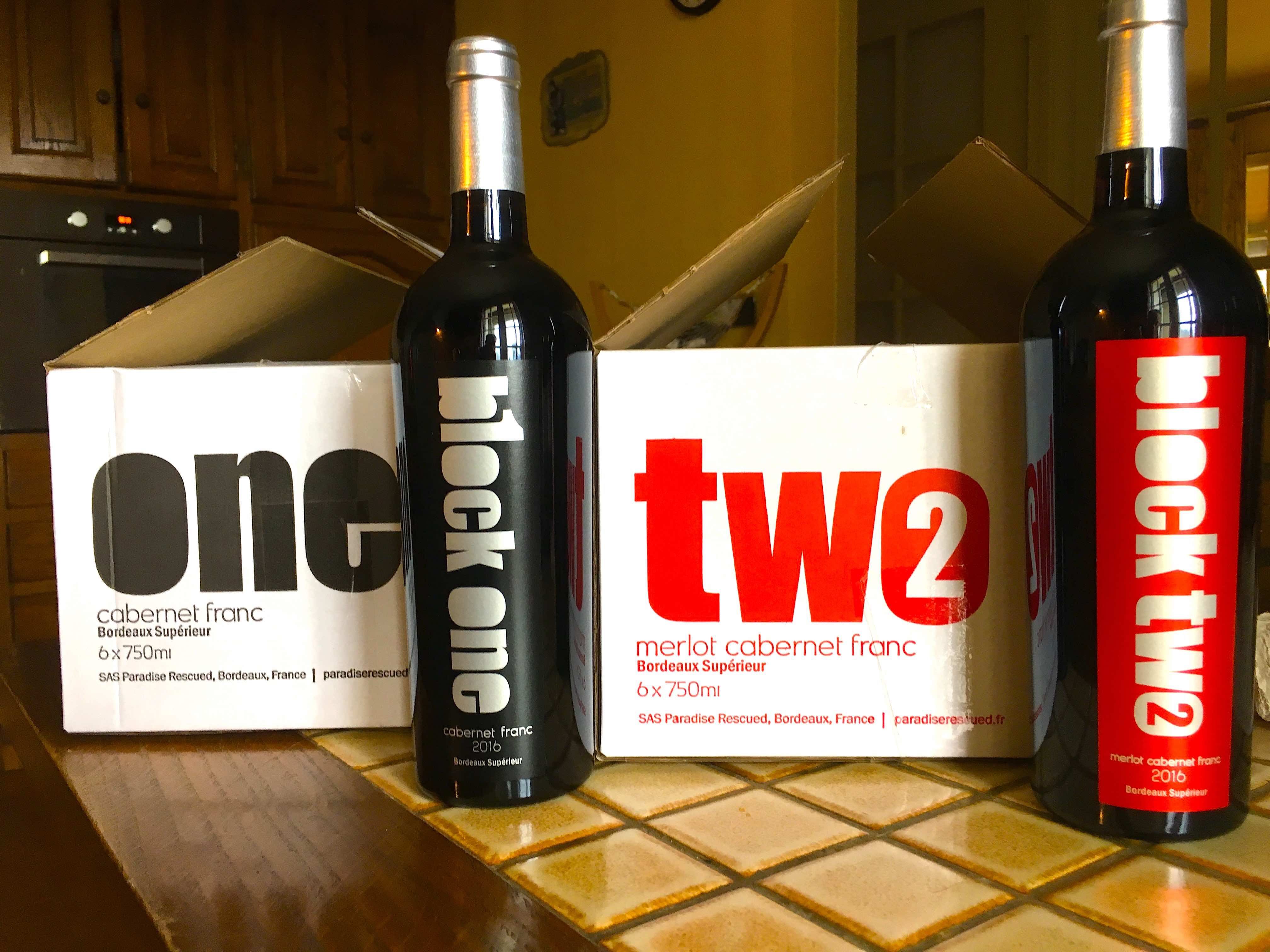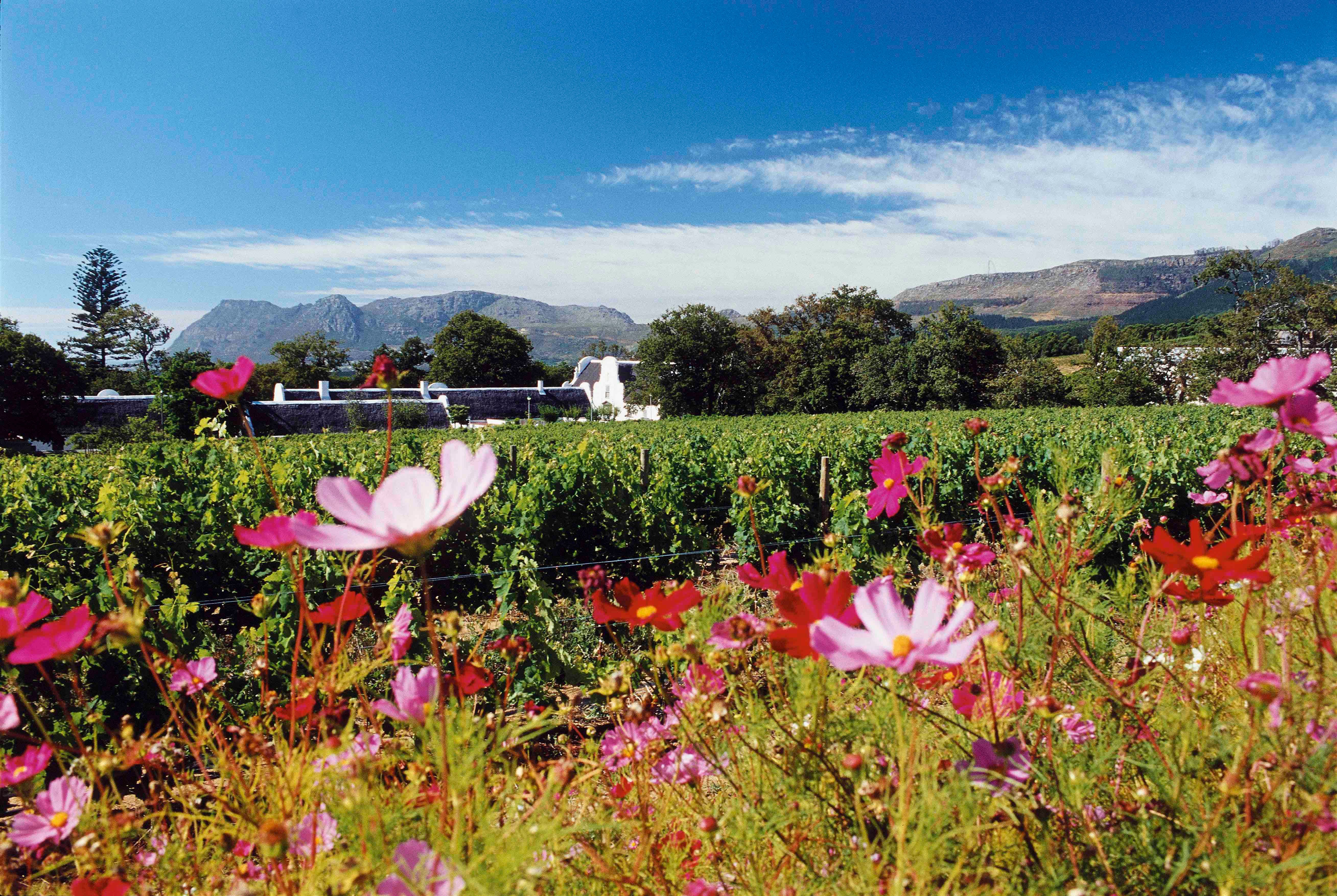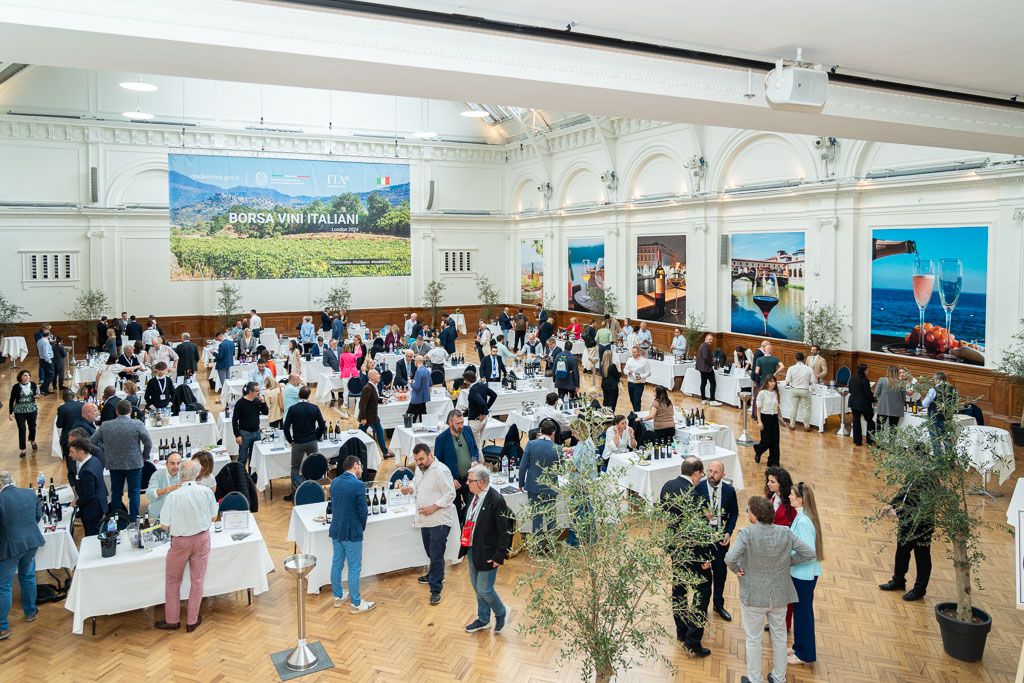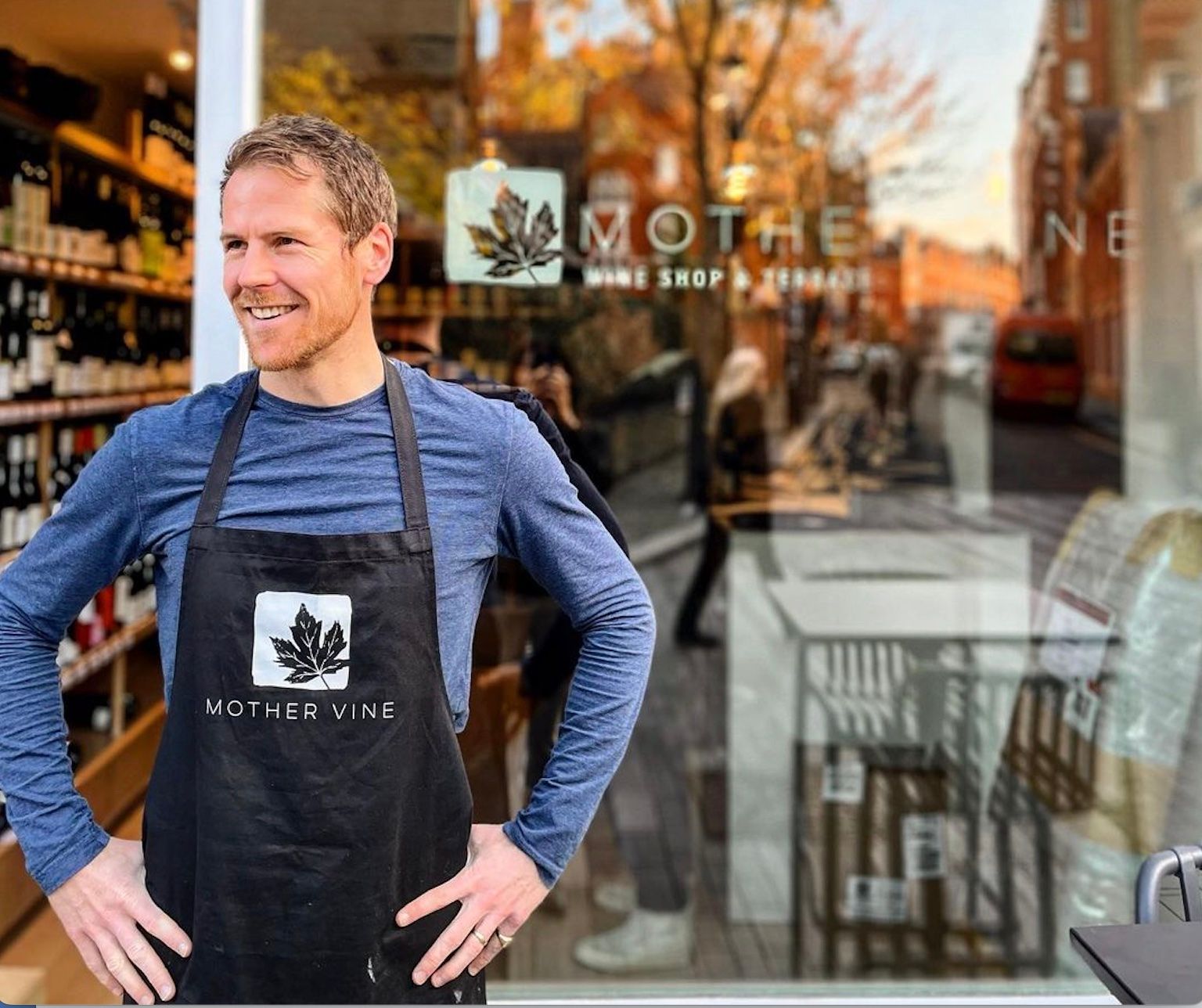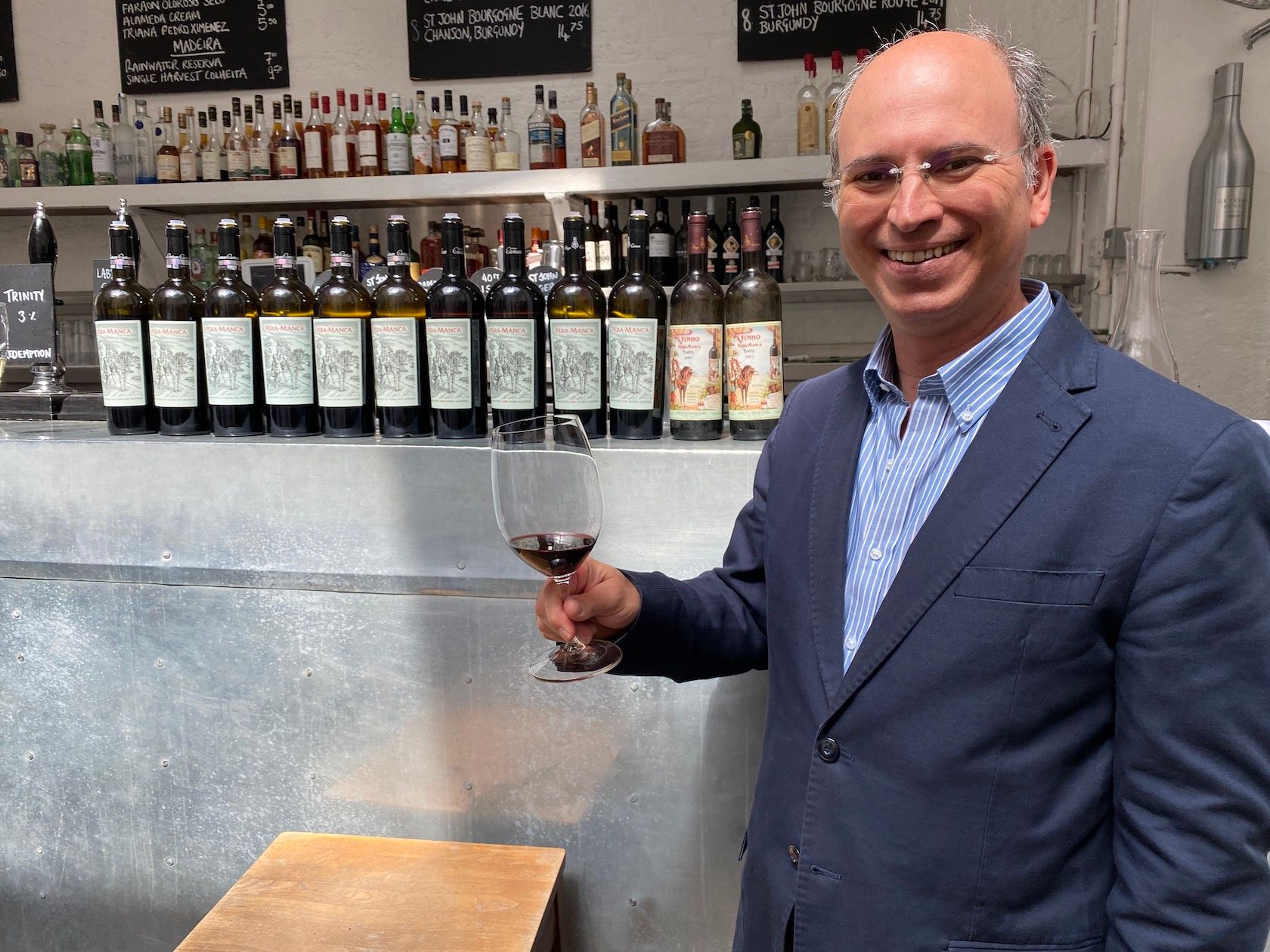Vagabond Wines has built a reputation on sourcing off beat wines for its adventurous customers and there is much to discover and get excited about in Provence, says wine buyer and winemaker, Freddie Cobb.
What is your overall perception of Provence and the quality and diversity of its wines?
In the last decade or so, Provence has really been making a name for itself. When you mention Provence, people naturally think of their rosés with the distinctive bottle shape and colour. Such is the quality and demand for these rosés that winemakers are trying emulate the Provence style all around the world. However, despite around 90% of wine being produced in the region being rosé, some of the real stars are some of the white wines coming out of the region too. Showing that Provence has a lot more to offer than just magnums of rosé being enjoyed in beach bars in Mykonos and Ibiza.
How do you think that has changed in the last five years and what have been the driving forces for those changes?

Freddie Cobb is a big fan of the diversity as well as quality and brand image that Provence can bring Vagabond Wines
I remember visiting Provence nearly 20 years ago, my friends and I used to buy 10 litre bag in boxes (BIB) of rosé at prices that made it almost cheaper than bottled mineral water. And as a student at the time, I was not complaining.
It was a little secret that people kept to themselves, that there was a delicious thirst-quenching rosé that can be enjoyed in a stunning countryside. But as word got out, producers began to see there was value in investing further in their vineyards to create great quality wines, and that consumers would be happy to pay to be transported to be sipping on a delicious rosé in Southern France with sun on their backs. Demand grew, and some very smart marketing from a few big wine labels have taken full advantage. It’s hard to mention Provence without mentioning wines that have been flagships for the region, namely Whispering Angel and Domaine Ott.
Customer behaviours also changed. People were moving away from heavy white wines or red wines and wanted something refreshing. And it doesn’t get much more refreshing than Provence rosé.
Provence had a style that worked, so there is no confusion. Customers know it’s going to be refreshing and dry, whereas that is not always the case with rosés from other regions or countries. Especially in a time where consumers were misled to think that if a wine was not dry, then it would have a substantially higher calorific content.

Iconic Provence…sun, sea, wine…the holiday dream
Lastly, producers in Provence have a stunning surrounding to work in, and they want to keep it that way. As a result, a lot of producers are organic certified or practicing organic and biodynamic, which is what consumers look for.
The winemakers are incredibly talented, so in the next four years I hope to see some more recognition of the reds and whites also produced as they deserve it.
How do you compare rosé wines from Provence to other regions in terms of aromas and style – what makes them stand out and gives them a point of difference?
Well there is a definite distinct style. Everything from the colour, to freshness, aromas to their distinctive bottle shape. The Provence identity is so unique and customers usually associate rosés with “paler the better” – such is the success of the pale Provence rosés. It is the only wine where consumers buy on colour and use that as a sign of quality.
More entry level wines have a lovely freshness that means they are beautifully balanced. I believe a lot of it is to do with the blending of the varieties permitted and naturally the skill of the winemaker. Each variety adds a subtle character. And subtlety is the key.
The more premium rosés have a wonderful elegance and another layer of herbaceousness and spice that consumers might not pick up at first but it’s definitely there.
As a winemaker what do you look for in a rosé wine and what characteristics do you think stand out for Provence?
Balance and elegance. As mentioned before, subtlety of flavours is key. The different varieties working together in harmony.
Any particular appellations and styles of Provence rosé stand out for you?
For me, rosés that have a nice texture and mouthfeel. Gone are the days where consumers were looking for something crisp and vibrant flavours. They are looking for that added bit of complexity, and different textures can add that.
What styles of Provence rosé are right for Vagabond Wines? What are you looking at for your customers?
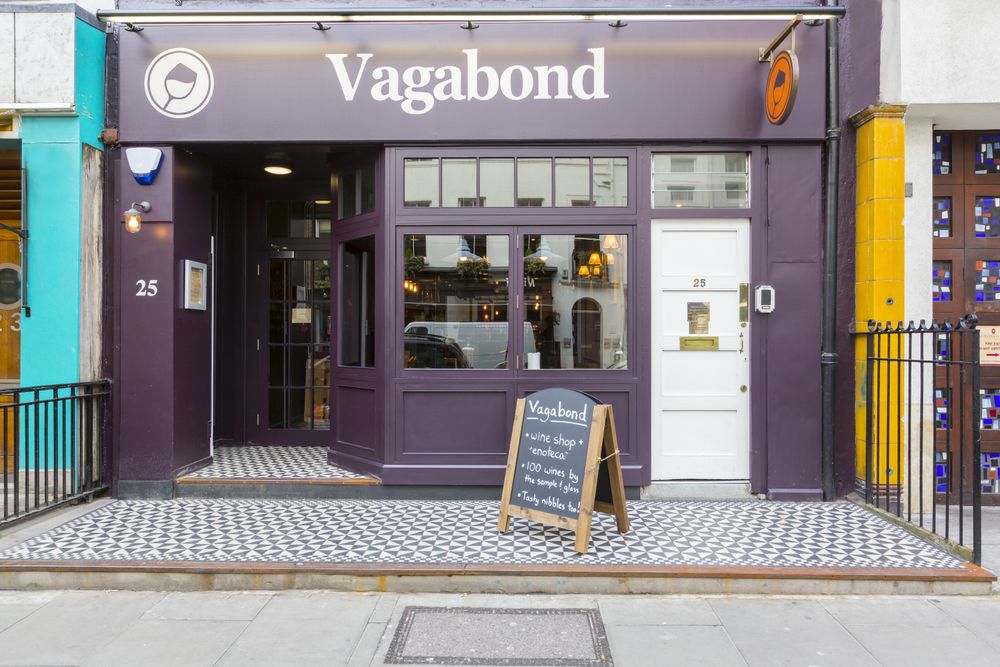
Vagabond Wines has had great success with Provence rosé as it relies so much on its customers buying wine with their eyes from their many dispensing machines, says Cobb
Rosé is the only wine where customers buy with their eyes. All rosés are customer-facing in our stores. On our Vagabond machines, the guests are able to see the different shades of pink, and there is a definite sweet spot that Provence rosés hit. Additionally, the distinctive packaging is always eye catching for the guests too. Whether it is the Flûte à corset bottle shape, or a striking etching on the glass, Provence rosés always stand out in the line-up. When it comes to what is inside the bottle, we like to have at least two varying styles at different price points. A more affordable crisp, refreshing Provence and a more complex rosé that might offer more depth in flavour and texture.
What are your sales of Provence rosé like?
It is by far our most popular rosé region in the summer months. It gets to the point where we cannot stock it fast enough.
And your overall rosé sales?
It is a growing category for Vagabond, as we are seeing more people who might have seen rosé to be potentially an inferior category turning to it as they are seeing the quality and complexity rosé can offer.
What are your expectations for this year in terms of styles and price for rosé?
2021 is a case of finding our feet again, finding the new “normal” and getting through the year unscathed. Provence will have to be diligent with pricing, as any increases in costs associated with the Covid crisis and additional transportation costs as a result of Brexit could mean that consumers could start looking elsewhere.
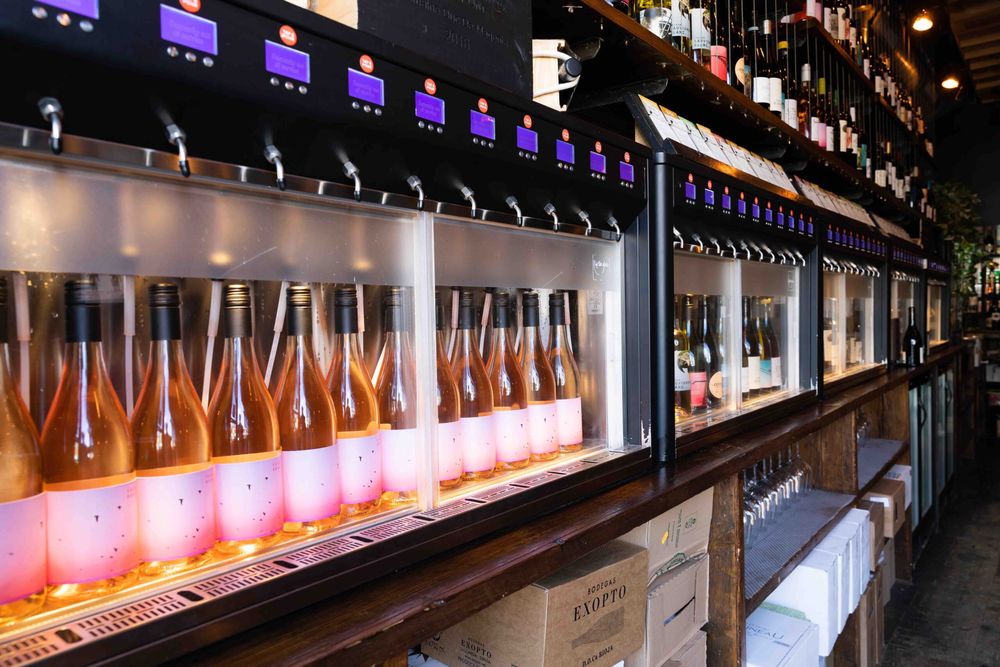
The Provence rosé selection at Vagabond Wines
What styles of Provence would you like to see more of?
I would love to see more Provence red and whites on these shores as well as some of the lesser, more traditional varieties like Tibouren. Even if they are better blended, consumers and buyers will never understand them if they aren’t showcased every now and again.
How is Vagabond business overall?
Well, it is no secret that 2020 and 2021 have been challenging for the hospitality sector, and for Vagabond and our suppliers it was no different. Whilst all of our stores where forced to close much of the year, we adapted and worked tirelessly to still provide our fantastic customers with unique and fun wines to get through the break period. It could not have happened without the support of our customers and our suppliers, and the gratitude cannot be understated.
But it has left us in a strong position looking forward. We are about to be relaunching our in-store app where guests can order bottles from their office desk to collect on their way home and which can also be used in-store so wines can be dispensed in a Covid friendly manner without touching our machines. Additionally, we opened our 9th store in Shoreditch which we are very excited about and there are plenty of other exciting projects in the pipeline. So watch this space.
What impact has the opening of the on-trade had in terms of demand and thoughts on styles of wines being bought and price points…
When re-opening after the first lockdown in summer 2020, there was certainly an air of celebration. As for the first few weeks there was a premium Provence rosé that comes in at £42 to drink in, substantially outselling more price friendly wines. However, as the lockdowns passed we have seen that buying behaviour has changed somewhat. In a year in which a large portion of the population is experiencing a fall in disposable income, it is unsurprising that we are seeing guests being a bit more conservative in their spending. However, rising prices throughout the year associated with the impact of Covid and Brexit on the supply chain has not helped either.

Vagabond’s new site in Shoreditch has taken the brand’s image to another level
Tell us about your background – you have winemaking experience too?
I was born into a family heavily associated with wine, with my father working most of his professional life in the Port trade. So school holidays were often spent being a nuisance in the vineyards of the Douro Valley. And I always felt at home being in a vineyard or winery ever since. For me, I wanted to understand principals of viticulture and winemaking and provide the foundation of knowledge so I could explain to the best of my ability the subtle differences in wine – without having to read the back label. When starting out my career in the drinks industry on the high street, I felt like a second-hand car salesperson who never even had a driver’s license trying to sell a whole yard of old bangers.
As a result, I have worked across the supply chain from vineyards and wineries across the world, to an importer here in the UK (Enotria&Coe), and now in hospitality.
Why did you want to join Vagabond?
People, myself included, always associate Vagabond with trendsetters in new wine styles, varieties, regions which is always exciting to be part of. And the culture of innovation within Vagabond provides the perfect platform for guests to try new wines on our machines, as they can purchase a 25ml measure if they want to try before they buy. But at the core of all of this are the people within Vagabond. And whenever I visited a Vagabond prior to joining, the teams at the different stores were always so knowledgeable, friendly and just provided good vibes, and so when I saw there was an opportunity to join, I jumped at the chance.
What do you see as being the key buying trends for you and what consumers are going to want to buy?
Over the next few years, people are going to be far more conscious in what they are buying. So I think there will be less focus on varieties and regions etc, but more the ethical side of production. With seeing the reaction to Netflix releasing documentaries like Cowspiracy and Seaspiracy, it shows people are left in the dark with sourcing and food processing and they are shocked when they see what really happens on a day to day basis. So the drinks industry will have its time in the spotlight. Even people in the industry are unaware in the damage that some practices in wine production are having on the environment if they are not addressed and soon.
What type of consumers do you see buying rosé wines from Provence, and on what occasions do they usually buy it?

Provence has created an image all of its own with its distinctive pale pink wine and array of bottle shapes, says Freddie Cobb
Provence rosé is for everyone. The nature of the wine means it appeals to all demographics. From footballers guzzling it to sunset tunes in a bar in Mykonos to my father sipping it to Dean Martin in his garden. However, one thing that has not changed, is the seasonality of all rosés and almost 80% of our rosé sales happen between April to September (when the sun is supposedly out). We do try to promote that rosés are not just for summer and many can be enjoyed in the winter months, especially the more textured wines.
What would be your favourite food pairing with Vins de Provence rosés?
The beauty of Provence rosés is that they can be enjoyed on their own, just with good company. But if you and your friends are peckish, then it is a very versatile category and pairs perfectly with any sort of summer lunch. From fresh seasonal salads, through to quiches, and tarts and even hold up with some spicy dishes like a Moroccan spice infused couscous.
